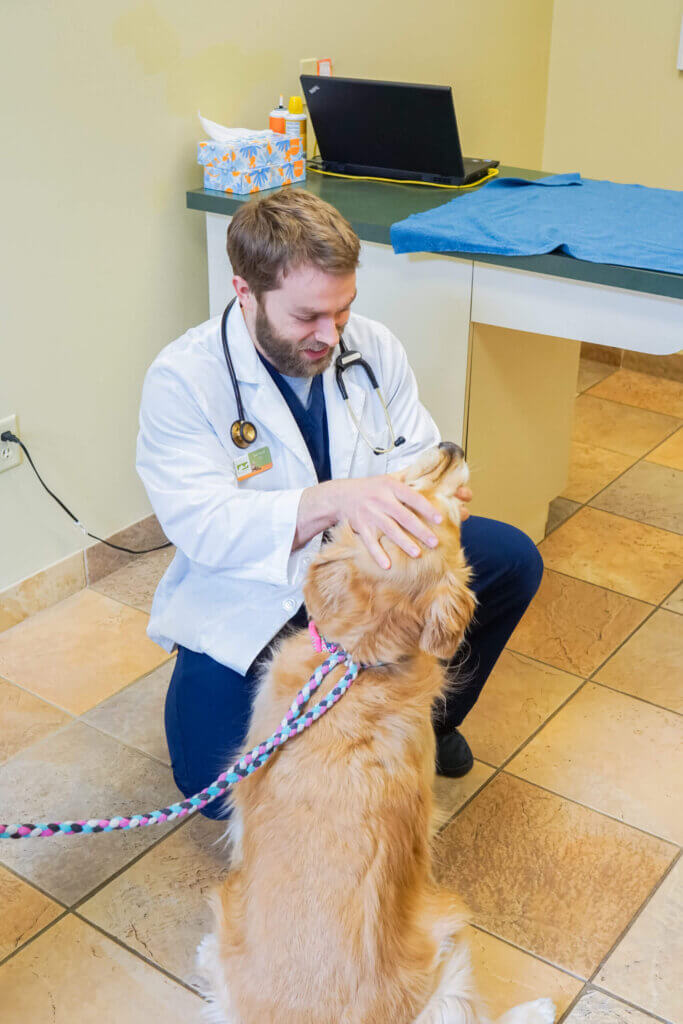Sat: Closed
Sun: Closed
Sat: Closed
Sun: Closed
Pet Dental Services

A healthy mouth is an essential part of overall body health. As pets are living longer than ever before, we see more animals whose most severe medical problems are oral. To prevent oral disease, which is the number one health problem diagnosed in pets, it is essential to provide dental care, both professionally and at home.
Dogs rarely get cavities but are much more prone to gum disease and excess tartar build-up on their teeth. Food particles and bacteria collect along the gum line, forming plaque. Routine home care can remove this plaque. If it is not removed, minerals in the saliva combine with the plaque and form tartar (or calculus), which adheres firmly to the teeth.
Our team at PHPH is trained for and committed to providing your pet with a healthy mouth. While we have the sophisticated equipment needed to provide the best oral surgery possible, our ultimate goal is to avoid having to sedate your pet to rectify oral disease; your pet is counting on your home dental care to prevent it.
Why Dentals are Important
Plaque starts to mineralize 3-5 days after it forms; the tartar is irritating to the gums and causes an inflammation called gingivitis. This can be seen as reddening of the gums adjacent to the teeth, and it causes bad breath. At this point, it is necessary to remove the tartar with special instruments called scalers, and then to polish the teeth. If the tartar is not removed, it builds up under the gums and separates the gums from the teeth, forming pockets and encouraging even more bacterial growth.
If not addressed in time, the damage may be irreversible and is called periodontal disease. In addition to being painful, periodontal disease can lead to loose teeth, abscesses, and bone loss or infection. As bacterial growth progresses, the bacteria may enter the bloodstream potentially causing infection of the heart valves (endocarditis), liver, and kidneys. Periodontal disease can be slowed or stopped with early intervention in the process by you and our veterinarians.
Cats can also develop feline odontoclastic resorptive lesions or FORLs. This problem is characterized by resorption (breaking down) of the teeth. Erosions on the surface of a tooth appear at the gingival border and are very painful, and affected teeth are often covered with calculus or gingival tissue. It is a progressive disease, usually starting with the loss of cementum and dentin and leading to penetration of the pulp cavity. Symptoms of FORLs include mouth pain (caused by dentin exposure), usually while chewing, anorexia, dehydration, weight loss, and tooth fracture. It is one of the most common diseases of domestic cats, affecting up to two-thirds, and is especially common in purebred cats.
Address:
-
9200 49th Avenue N
New Hope MN 55428
Phone:
Hours:
-
Mon – Fri: 7:30 AM – 6 PM
Sat: Closed
Sun: Closed
Email:
SEND US A MESSAGE
"*" indicates required fields
